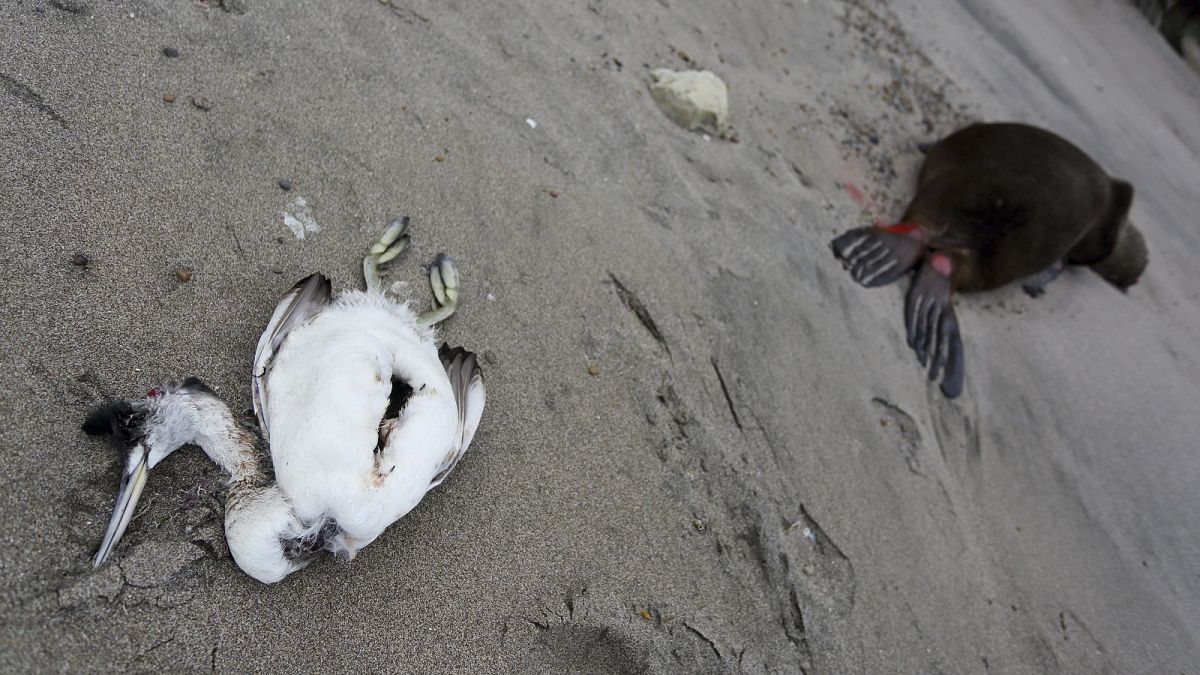Bird flu is highly lethal to some animals, but not to others. Scientists want to know why. Why has bird flu killed millions of wild and domestic birds, touched seals and sea lions, mink farms, cats, dogs and others but hardly touched people? That's "a little bit of a head-scratcher,” although there are some likely explanations, said Richard Webby, a flu researcher at St.
Jude Children’s Research Hospital in the US state of Tennessee. It could have to do with how infection occurs or because species have differences in the microscopic docking points that flu viruses need to take root and multiply in cells, experts say. But what keeps scientists awake at night is whether that situation will change.

“There's a lot we don't understand,” said Dr Tom Frieden, a former Centers for Disease Control and Prevention (CDC) director who currently heads Resolve to Save Lives, a not-for-profit that works to prevent epidemics. “I think we have to get over the 'hope for the best and bury our head in the sand' approach. Because it could be really bad".
Some scientists think flu viruses originating in birds were the precursors to pandemics in 1918 and 1957, but several experts think it’s unlikely this virus will become a deadly global contagion, based on current evidence. But that's not a sure bet. Officials are preparing just in case but currently, there's no evidence it's spreading between people.
The flu that is currently spreading, known as H5N1, was first identified in birds in 1.























